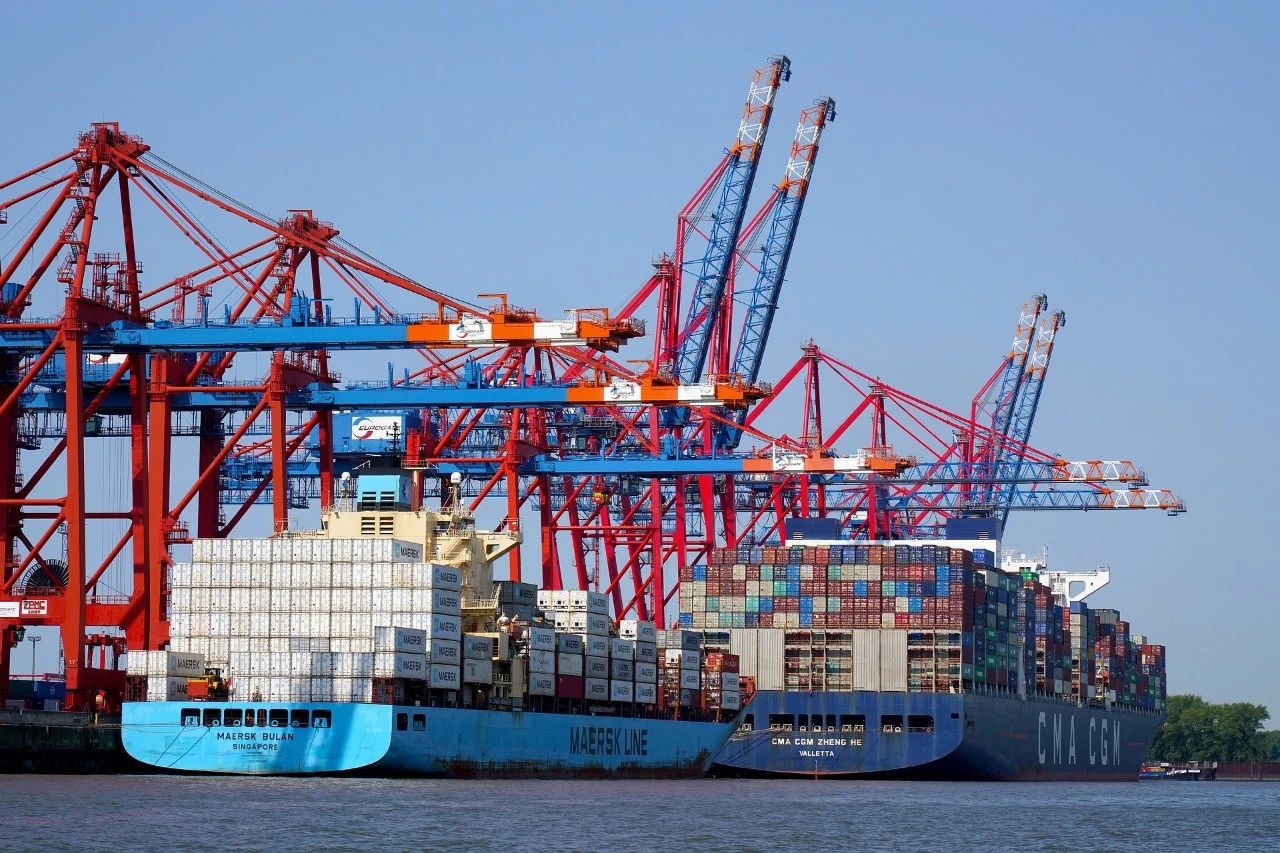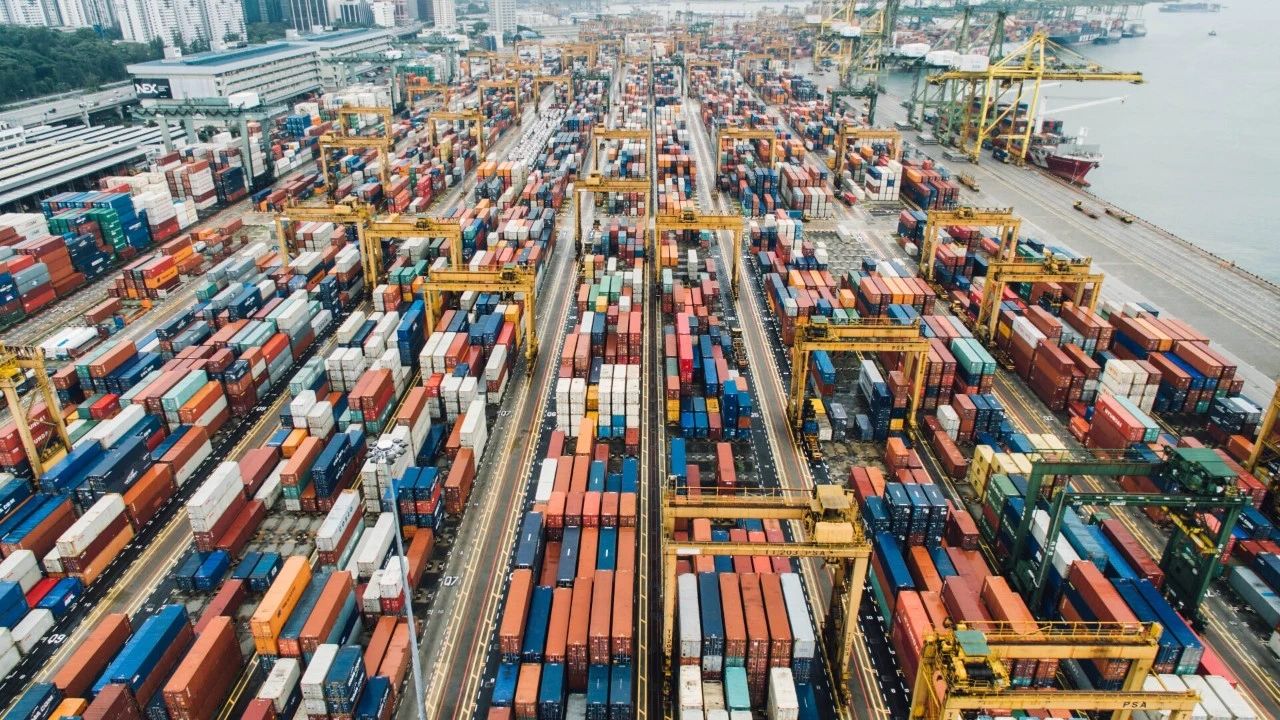What is document consistency, and how to effectively achieve document consistency?
01 What is document consistency?
Consistency of documents means that all the documents provided by the exporter must strictly comply with the requirements of the letter of credit issued by the issuing bank of the importer, or that all the documents related to the sale of goods produced and provided by the exporter are completely in line with the requirements of the letter of credit that the importer applies for, and there is no contradiction.
02 Key points of consistent documents
To ensure the consistency of the documents, the bank must carefully review all the documents to ensure that the type, content and number of documents submitted by the beneficiary, and even the words and phrases, must be completely consistent with the provisions of the letter of credit.
Therefore, if the documents negotiated by the bank appear to be consistent with the letter of credit but the goods are inconsistent, the bank will not bear any responsibility because the bank has no way of knowing it; on the contrary, if the actual goods are correct but the documents appear to be inconsistent with the provisions of the letter of credit, the bank will be liable, and the applicant can refuse to redeem the payment accordingly.

03 Case analysis in document consistency
In the actual export business, the content of the negotiation documents must be strictly consistent with the relevant letter of credit, which is a rule. However, it is sometimes very difficult for the seller to ensure that each bill of negotiating document is completely consistent with the content of the relevant letter of credit.
The following case reflects the fact that the exporter was refused payment due to discrepancies in the documents: Company A in China entered into a contract with Company B in West Africa to buy and sell cloth, and Company A sold a batch of cloth to Company B at CIF price terms, and the two parties agreed to pay by letter of credit. After the contract was concluded, Company B issued a letter of credit in accordance with the agreement. The letter of credit stipulated that the delivery quantity of Company A was "about 50,000 yards", and required Company A to provide an insurance policy for W·P·A (water damage insurance) and WAR RISK (war risk).
As it is customary for Company A to export such commodities, it always insures against all risks (all risks) and war risks. After Company A ships the goods, it presents a document to the bank for payment. After reviewing the documents, the bank believed that the documents did not match and refused to pay.

There are two discrepancies raised by the bank:
1. The risk category in the insurance policy does not match the stipulations in the letter of credit; 2. The bill of lading indicates that the quantity of goods delivered by Company A is 44,800 yards, which is inconsistent with the about 50,000 yards stipulated in the letter of credit. Company A believes that the coverage of all risks is greater than that of WPA, which is beneficial to the buyer Company B. As for the quantity of goods, since the letter of credit stipulates "about 50,000 yards" without specifying the specific increase or decrease, the quantity of 44,800 yards in the bill of lading also complies with the provisions of the letter of credit.
Obviously, in this case, Company A has insured all risks and war risks, while the letter of credit requires WPA and war risks. Although the coverage of all risks is greater than that of WPA, which is beneficial to Company B, the bank only cares whether the appearance of the documents conforms to the letter of credit when examining the documents, regardless of the rights and obligations of the parties.

As for the discrepancy between the quantity of goods in the bill of lading proposed by the bank and the provisions of the letter of credit, according to Article 39 of (UCP500), when "approximately", "large" or similar words are used for the amount, quantity and unit price of the letter of credit, they should be interpreted as an increase or decrease of the relevant amount, quantity or unit price not exceeding 10%.
Therefore, if the quantity of goods in the bill of lading submitted by Company A is between 55,000 and 45,000 yards, it is consistent with the letter of credit. But in fact, the quantity of goods indicated in the bill of lading submitted by Company A is 44,800 yards, which is inconsistent with the provisions of the letter of credit, and the bank has the right to refuse payment. It shows that in the export business, due to various reasons, the documents are inconsistent, and the beneficiary cannot make corrections within the prescribed time limit due to time constraints, thus being in a disadvantageous position in international trade.
04 How to effectively achieve the consistency of documents
It is very common to settle by letter of credit in international trade. Therefore, Chinese enterprises should strictly abide by the principle of consistent documents in export business. After receiving a letter of credit issued by a foreign buyer, they should carefully review the letter of credit to determine whether the provisions of the letter of credit are consistent with the contract, whether there are soft terms in the letter of credit, and whether the seller is capable of fulfilling the various provisions of the letter of credit.
Once any problem is found, the buyer should be notified to revise the letter of credit in time, and there must be no luck. If there is no problem after the examination of the certificate, the documents should be carefully prepared in accordance with the provisions of the letter of credit, so that the documents are strictly consistent, so as to avoid the occurrence of unfavorable situations, prevent problems before they happen, and effectively protect their rights.




















